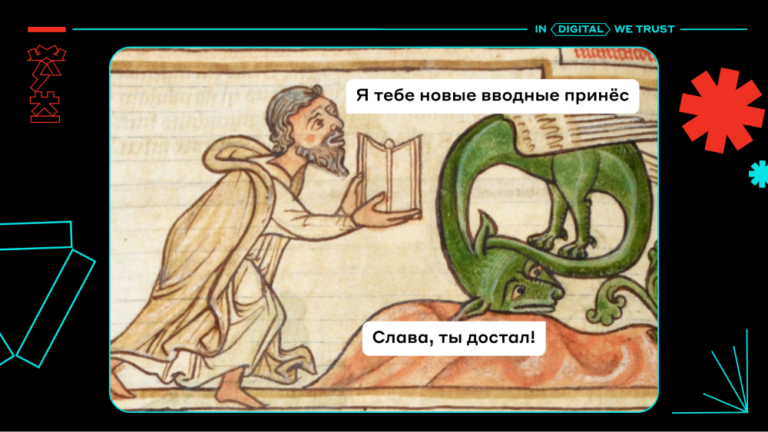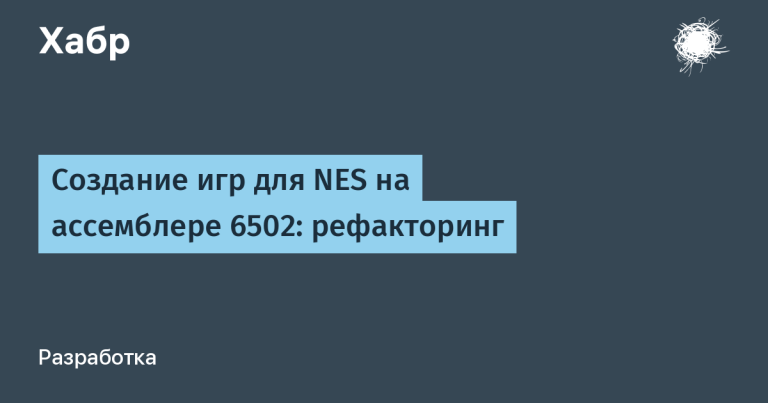The birth of educational software and its history: from mechanical machines to the first computers

Photo: crabchick / CC BY
The first experiments are successful and not very
Educational software begins at the end of the 19th century. For a long time, mentors and books remained the main source of knowledge. The educational process took too much time from teachers, and sometimes the results left much to be desired.
The successes of the industrial revolution led many, as it seemed then, to the obvious conclusion: you can train students faster and more efficiently if you replace teachers with mechanical teaching machines. Then the educational "conveyor" will allow you to train specialists with less time. Today, attempts to mechanize this process seem naive. But it was this “educational steampunk” that became the basis of modern technology.
The first patent for a mechanical device for studying grammar was received in 1866 by the American Alcyon Skinner (Halcyon Skinner). The car was a box with two windows. In one of them, the student saw drawings (for example, a horse). In the second window, using the buttons, he typed the name of the object. But the system did not correct errors and did not perform verification.
In 1911, a psychologist Herbert Austin Aikins from Yale University patented a device for teaching arithmetic, reading, and spelling. The student combined three wooden blocks with curly cuts in a special wooden case. These blocks depicted, for example, elements of a simple arithmetic example. If the figures were chosen correctly, then the correct answer was formed in the upper part of the dice (Fig. 2).
In 1912, the American psychologist Edward Lee Thorndike laid the foundation for new and more successful automated teaching methods in the book Education. He considered the main disadvantage of textbooks the fact that students were left to their own devices. They may not pay attention to important points or, without having mastered the old material, go on to study the new. Thorndike proposed a fundamentally different approach: a “mechanical book,” in which the following sections are opened only after the previous ones have been properly completed.

Photo: Anastasia Zhenina / Unsplash.com
In the volumetric work of Thorndike, the description of the device took up less than a page, he did not detail his considerations. But that was enough for Ohio University professor Sidney Pressey, inspired by the work of a psychologist, to design a training system, Automatic Teacher, in 1924. On the drum of the machine, the student saw a question and answer options. By clicking on one of the four mechanical keys, he chose the right one. After the drum was scrolled and the device “suggested” the following question. In addition, the counter noted the number of correct attempts.
In 1928, Pressy received a patent for an invention, but did not fully realize Thorndike's idea. Automatic Teacher could not teach, but allowed to quickly test knowledge.
Following Sydney Press, many inventors began to design new “learning machines”. They combined the experience of the 19th century, the ideas of Thorndike and the technology of the new century. Until 1936, 700 different patents for “learning machines” were issued in the United States. But later the Second World War began, work in this area was suspended and significant achievements had to wait for almost 20 years.
Frederick Skinner Training Machine
In 1954, the University of Cambridge professor Burres Frederic Skinner (Burrhus Frederic Skinner) formulated the basic principles of the study of grammar, mathematics and other subjects. The concept became known as the theory of programmed learning.
It states that the main component of the training device should be a rigorous program with elements for studying and verifying the material. The learning process itself is stepwise – the student does not go further until he studies the desired topic and answers the control questions. In the same year, Skinner introduced the “learning machine” for use in schools.
Questions were printed on paper maps and demonstrated "frame by frame" in a special window. The student typed the answer on the device’s keyboard. If the answer is correct, the car punched a hole in the map. The Skinner system was distinguished from its analogues by the fact that after the first series of questions the student again received only those that he could not answer. The cycle was repeated while there were unsolved problems. Thus, the device not only tested knowledge, but also taught students.
Soon, the car was launched into mass production. Today, Skinner’s invention is considered the first device in which it was possible to combine the results of theoretical research in educational psychology with technological innovations of that time.
40 years old PLATO system
Based on the theory of programmed learning, in 1960 the 26-year-old engineer Donald Bitzer, who had just earned a degree from the University of Illinois, developed the PLATO (Programmed Logic for Automated Teaching Operations) computer system.
PLATO terminals were connected to the university mainframe ILLIAC I. The display for them was a regular TV, and the user's keyboard had only 16 keys for navigation. University students could study several thematic courses.

Photo: Aumakua / PD / Keyboard PLATO4
The first version of PLATO was experimental and had significant limitations: for example, the ability to work with it simultaneously for two users appeared only in 1961 (in the updated version of PLATO II). And in 1969, engineers introduced a special programming language TUTOR for the development of not only educational materials, but also games.
PLATO improved, and in 1970 the University of Illinois entered into an agreement with Control Data Corporation. The device entered the commercial market.
Six years later, 950 terminals were already working with PLATO, and the total volume of courses was 12 thousand academic hours in many university disciplines.
Today the system is not used – it was turned off in 2000. However, the PLATO Learning organization (now Edmentum) itself, which is responsible for terminal promotion, is developing training courses.
“Can robots educate our children?”
With the development of new teaching technologies in the 60s, criticism also began – mainly in the popular American press. Newspaper and magazine headlines such as “Learning Machines: A Blessing or a Curse?” Spoke for themselves. The claims of skeptics came down to three topics.
Firstly, the lack of methodological and technical training of teachers against the background of a general lack of personnel in American schools. Secondly, the high cost of equipment and a small number of training courses. So, schools in one of the districts spent $ 5,000 (a huge sum for those times), after which they discovered that there was not enough material for a full-fledged training.
Thirdly, experts were concerned about the possible dehumanization of education. Too many enthusiasts have said that teachers will not be needed in the future.
Further developments showed that fears were in vain: teachers did not turn into silent computer assistants, the cost of equipment and software decreased, and the number of educational materials increased. But this only happened in the 80-90s of the XX century, when new developments appeared that overshadowed the successes of PLATO.
We will talk about these technologies next time.
About what else we write on Habré:
- About the directions “Photonics”, “Programming and IT” and “Information and Cybersecurity” of the Olympiad “I am a Professional”
- What you need to know about the Olympics “I am a Professional”: “Big Data” and “Robotics”
- How to "learn to learn" – improve mindfulness
- To memorize, but not to cram – learning "on the cards"





